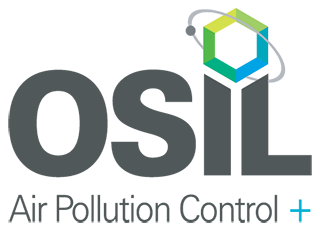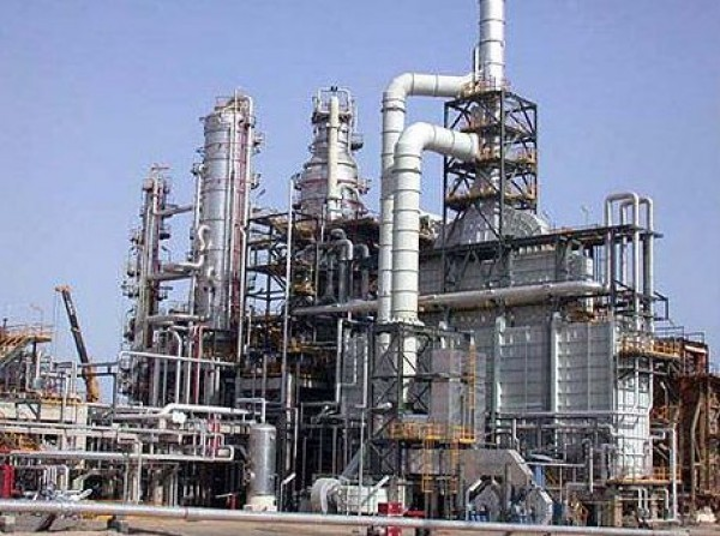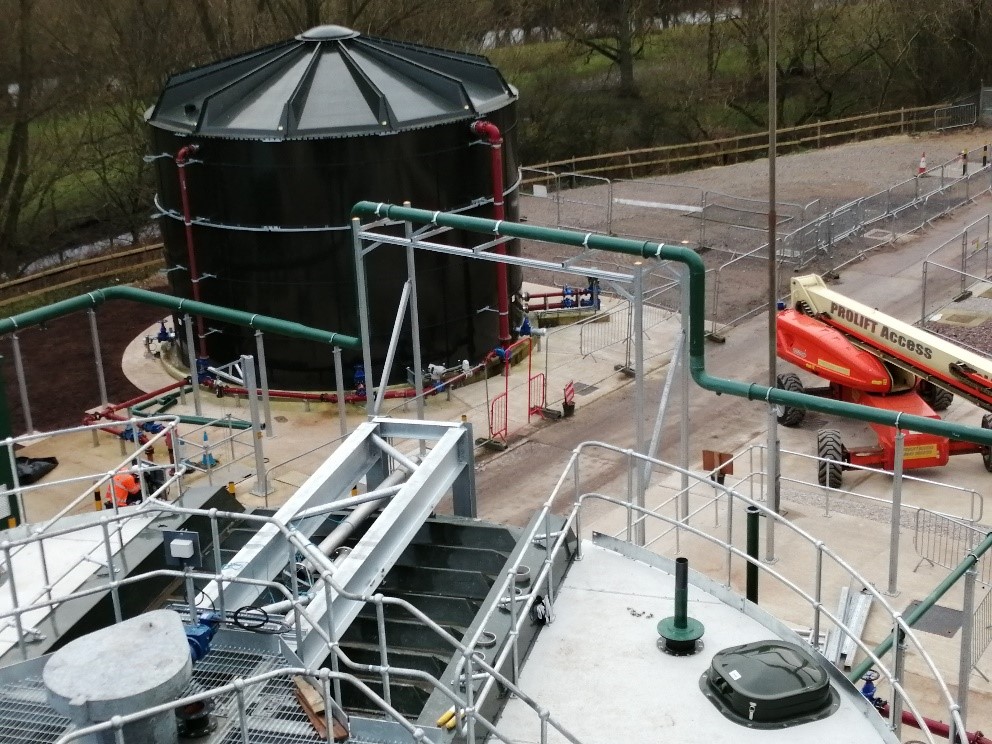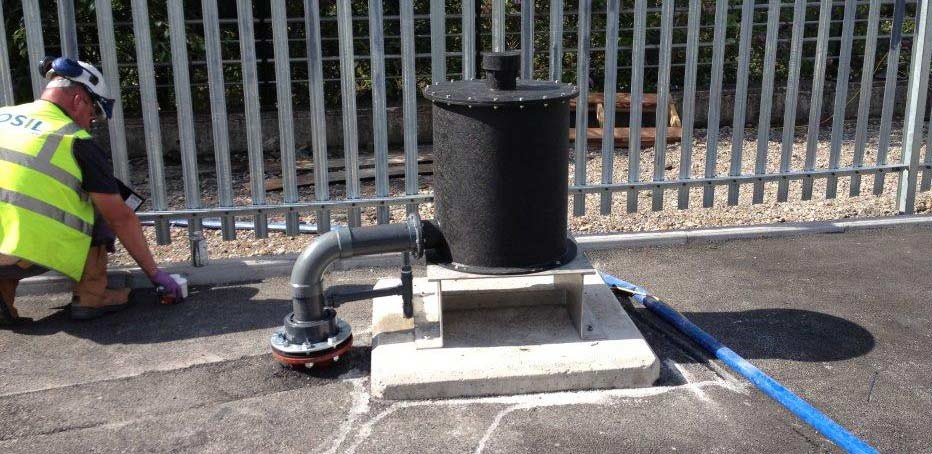Odour control is an ongoing requirement for industrial oil refineries. Unavoidably, oil refineries produce strong nuisance odours from handling, storing and processing oils, as well as manufacturing fuels, greases and lubricants.
Refining crude oil down into its various components releases sulphides, mercaptans and hydrocarbon compounds. Oil refineries also have to contend with odours from combustion, gas flaring systems and contaminated wastewater.
These odours are unpleasant and also noxious, so they must be controlled to minimise their impact on the environment.
Thankfully, odour control in oil refineries is made possible with correctly sized and specified odour control solutions. This article will run through the key technologies, so you can figure out the next steps in your odour management strategy.
Biofiltration
Application: Gas flaring systems, bitumen production, septic water areas.
Biofiltration is an effective single-stage and multi-stage treatment with adsorption and absorption for organic odours. It has a high efficiency for odorous substances and produces no contaminated waste (sludge) for disposal.
Our LavaRok® biofiltration systems use pumice stone as the support material on which the micro-organisms grow and establish a viable biomass. Pumice is an alternative to woodchip and shells with a lifespan of around 25 years.
With LavaRok®, there is no secondary air pollution, so no CO2 or NOx is produced. The only requirement is a power supply.
For multi-stage treatment in tight spaces, we recommend the OdaCompact® system, a space-saving system that combines LavaRok® biofiltration with CuCarb dry media filters to remove organic contaminants and VOCs in one system.
Passive filters
Application: Oil and chemical storage tanks
When oil and chemical tanks are filled and drained, odorous air is released. Passive filters effectively remove organic odorous compounds from air with a removal efficiency rate over 99% with the right media and density.
The most common medias are activated carbon and impregnated carbon with the removal efficiency determined by the media’s surface area.
Passive filters are commonly used to filter the following contaminants:
- Hydrogen sulphide (H2S)
- Volatile organic compounds (VOCs)
- Ammonia (NH3) *Impregnated carbon needs to be specified for NH3.
With passive filters on oil storage tanks, vent gases can be purified and released directly into the atmosphere. The treatment process is discrete and automated, with air treated as it flows through the filter with no manual intervention.
Wet scrubbing
Applications: Alkylation, bitumen production, storage (facilities) and loading.
Wet scrubbing is the mass transfer of soluble gases to a solvent in a chamber. The contaminated air gas stream is injected through the chamber, and soluble contaminants are absorbed by the liquid and dissolved.
Wet scrubbing is highly effective for scrubbing highly soluble compounds like SO2, ammonia, H2S and VOCs. The downside to wet scrubbing is it produces waste effluent, and chemicals may be needed to remove certain contaminants.
Because it’s simple and robust, wet scrubbing is the most common odour control system used in refineries today. The removal efficiency can be as high as 99%, dependent on stack design, compound solubility and gas concentration.
Find out more
We can recommend solutions and size and specify the right odour control systems for your refinery. Contact us today for a chat.





